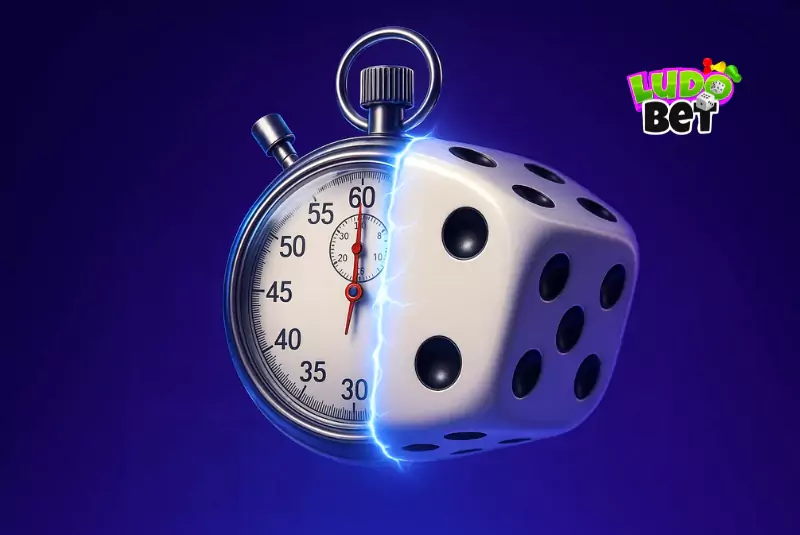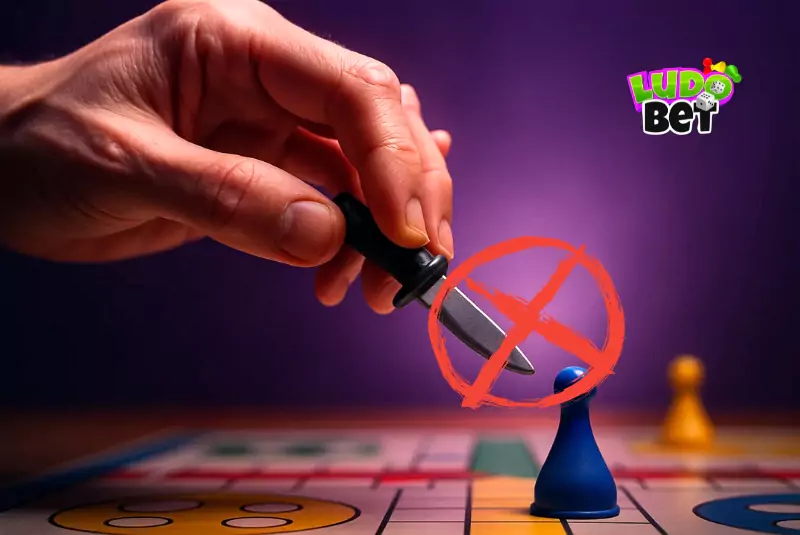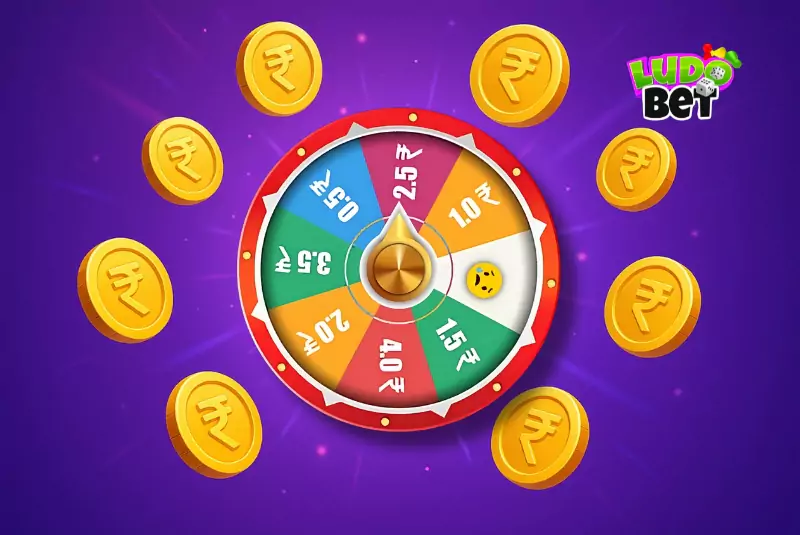Ludo’s history is fascinating, with roots tracing back to ancient India. Over centuries, it evolved from a royal pastime to the modern board game we know today. This article covers who invented Ludo game, its rich history, and its journey to becoming a global trend.
Global Variations of Ludo
Ludo’s simplicity and engaging gameplay made it a hit worldwide. Different countries developed their own versions of the game, each adding unique cultural touches.
- Spain: Parchís
- Colombia: Parques
- China: Aeroplane Chess
- Vietnam: Cờ cá ngựa
- Africa: Ludu
Ancient Roots of Ludo
Ludo’s origins lie in the ancient Indian game Pachisi, which emerged around the 6th century CE. This game, also known as Chaupar or Chausar, was a blend of strategy and luck. Archaeologists have found evidence of its existence in the Ellora Caves, where carvings show people playing the game. Historical texts like the Mahabharata also reference Pachisi, making it an integral part of India’s cultural heritage.
In the Mahabharata, the dice game between the Pandavas and Kauravas dramatically shaped the epic’s storyline. This shows how Pachisi was more than just a game, it was a reflection of life’s uncertainties. Over time, it became a popular pastime for Indian royalty, with Mughal Emperor Akbar being one of its most famous players. Akbar’s version of the game was grand, featuring life-sized boards and human tokens.
Evidence from History
The Ellora Caves provide one of the earliest visual references to Pachisi. The game boards were made from materials like cloth, leather, or wood. Dice, essential for the game, were crafted in various shapes, including cubes and oblongs. Archaeological sites like Mohenjodaro and Lothal have yielded dice dating back to 2300 BCE, further proving the game’s ancient roots.
Mughal Emperor Akbar’s passion for Pachisi raised the game’s status. He transformed it into a spectacle by using human pieces dressed in colorful costumes on life-sized marble boards. These boards adorned the royal courts of Fatehpur Sikri and Agra, showcasing the game’s luxurious appeal and its role in royal entertainment.
Transition to the Modern Game
The transformation of Pachisi into the modern Ludo began in the late 19th century. In 1896, British inventor Alfred Collier patented a simplified version, answering the question of who invented the Ludo game by naming it “Royal Ludo.” Collier introduced several changes, including a cubic dice and a dice cup, to make the game fairer and more appealing to Western audiences. His version reduced the need for large, ornate boards and replaced traditional tokens with compact, colored pieces.
This adaptation quickly gained popularity. The British Royal Navy adopted the game under the name “Uckers,” further spreading its reach. Collier’s version retained the core elements of Pachisi while making it more accessible to a global audience. The patent marked a pivotal moment in Ludo’s history, ensuring its place as a household favorite.
Mobile apps and online platforms have made the game accessible to players globally. They offer real-time multiplayer options, making it easy to connect with friends or compete with strangers. The COVID-19 pandemic further boosted the popularity of digital Ludo. Families and friends turned to online versions to stay connected during lockdowns.
How to Play Ludo
- Starting the Game: Each player begins with four tokens placed in the starting area. The aim is to move all tokens from the starting point to the “home square” by navigating the board.
- Rolling the Dice: Players take turns rolling a single dice to determine how many steps their tokens can move. Rolling a six gives an extra turn, which adds an exciting element of chance to the game.
- Knocking Out Opponents: If your token lands on the same square as an opponent’s token, their token is “knocked out” and sent back to the starting area. This adds a layer of strategy to both offense and defense.
- Reaching the Home Square: The final goal is to get all four tokens into the “home square.” This requires an exact dice roll, making the endgame thrilling and competitive.
Balance offense and defense, and always protect tokens close to the home square. Digital versions often include tutorials to help new players get started.
Ludo is more than just a game, it reflects life’s unpredictability. The combination of luck and strategy teaches patience and adaptability. From its origins as Pachisi in ancient India to its modern digital versions, Ludo has traveled a long way.
Alfred Collier’s innovations transformed it into a global phenomenon, but its heart remains rooted in Indian tradition. Ludo’s timeless appeal lies in its ability to adapt while staying true to its essence, making it a favorite across generations.
Ludo’s Legacy Lives On with Ludo Bet
Ludo Bet brings the classic charm of Ludo to modern gaming while honoring its rich history. Originating from the ancient Indian game Pachisi, Ludo has evolved into a global favorite over the centuries. Ludo Bet continues this legacy with exciting modes like Classic Ludo, Quick Ludo, and tournaments.The platform combines tradition with modern gameplay features like real-time multiplayer and unique game variations.






